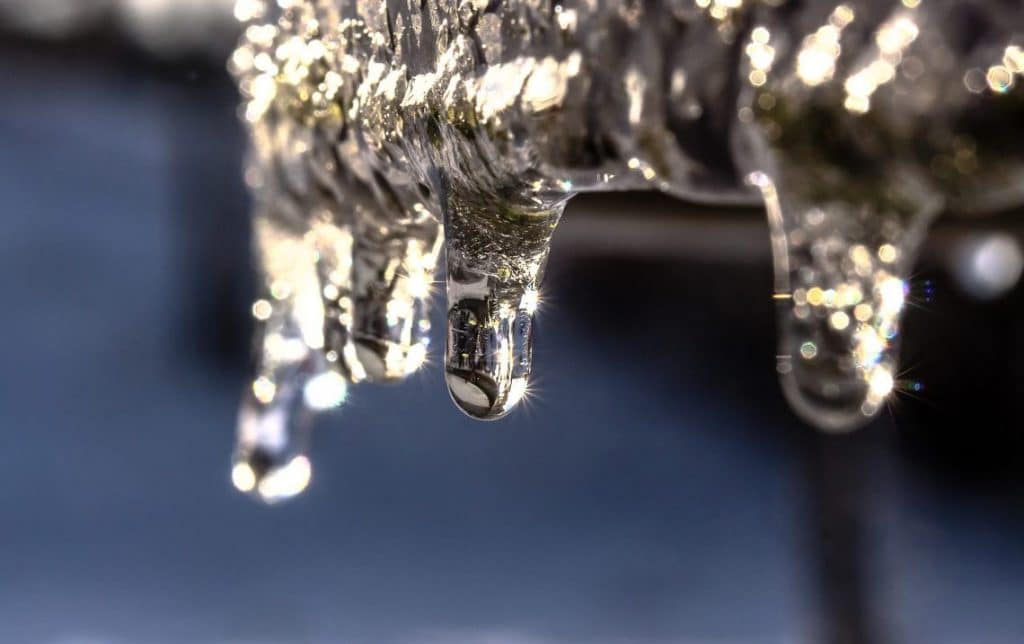We have noticed the article about Winter Plumbing Precautions: Preventing Frozen Pipes down the page on the net and concluded it made sense to talk about it with you on this page.

Cold weather can ruin your plumbing, particularly by freezing pipelines. Here's how to prevent it from occurring and what to do if it does.
Intro
As temperatures drop, the threat of frozen pipelines rises, potentially bring about costly repair services and water damages. Understanding how to avoid icy pipes is vital for homeowners in cool climates.
Comprehending Frozen Pipelines
What causes pipes to ice up?
Pipelines freeze when revealed to temperature levels below 32 ° F (0 ° C) for expanded durations. As water inside the pipes ices up, it broadens, taxing the pipeline walls and potentially triggering them to rupture.
Risks and damages
Icy pipes can lead to water system disturbances, residential property damages, and expensive repairs. Burst pipelines can flood homes and trigger comprehensive architectural damage.
Indications of Frozen Piping
Identifying icy pipelines early can avoid them from breaking.
Just how to identify frozen pipelines
Look for reduced water flow from taps, uncommon smells or sounds from pipes, and noticeable frost on revealed pipelines.
Avoidance Tips
Insulating vulnerable pipes
Cover pipelines in insulation sleeves or make use of warm tape to safeguard them from freezing temperatures. Focus on pipelines in unheated or outside areas of the home.
Home heating strategies
Keep indoor rooms sufficiently heated up, especially locations with plumbing. Open closet doors to allow warm air to circulate around pipes under sinks.
Securing Exterior Pipes
Garden tubes and exterior faucets
Separate and drain garden pipes prior to winter months. Set up frost-proof faucets or cover outdoor taps with protected caps.
What to Do If Your Pipelines Freeze
Immediate activities to take
If you think frozen pipes, maintain faucets open to alleviate stress as the ice thaws. Utilize a hairdryer or towels soaked in warm water to thaw pipes slowly.
Long-Term Solutions
Architectural adjustments
Think about rerouting pipes away from outside wall surfaces or unheated locations. Include added insulation to attic rooms, cellars, and crawl spaces.
Updating insulation
Buy top notch insulation for pipes, attics, and walls. Appropriate insulation assists maintain consistent temperatures and decreases the risk of frozen pipelines.
Final thought
Avoiding frozen pipes calls for proactive measures and fast feedbacks. By recognizing the causes, indications, and safety nets, homeowners can safeguard their plumbing during cold weather.
5 Ways to Prevent Frozen Pipes
Drain Outdoor Faucets and Disconnect Hoses
First, close the shut-off valve that controls the flow of water in the pipe to your outdoor faucet. Then, head outside to disconnect and drain your hose and open the outdoor faucet to allow the water to completely drain out of the line. Turn off the faucet when done. Finally, head back to the shut-off valve and drain the remaining water inside the pipe into a bucket or container. Additionally, if you have a home irrigation system, you should consider hiring an expert to clear the system of water each year.
Insulate Pipes
One of the best and most cost-effective methods for preventing frozen water pipes is to wrap your pipes with insulation. This is especially important for areas in your home that aren’t exposed to heat, such as an attic. We suggest using foam sleeves, which can typically be found at your local hardware store.
Keep Heat Running at 65
Your pipes are located inside your walls, and the temperature there is much colder than the rest of the house. To prevent your pipes from freezing, The Insurance Information Institute suggests that you keep your home heated to at least 65 degrees, even when traveling. You may want to invest in smart devices that can keep an eye on the temperature in your home while you’re away.
Leave Water Dripping
Moving water — even a small trickle — can prevent ice from forming inside your pipes. When freezing temps are imminent, start a drip of water from all faucets that serve exposed pipes. Leaving a few faucets running will also help relieve pressure inside the pipes and help prevent a rupture if the water inside freezes.
Open Cupboard Doors
Warm your kitchen and bathroom pipes by opening cupboards and vanities. You should also leave your interior doors ajar to help warm air circulate evenly throughout your home.

I'm certainly very involved in How to Prevent Your Pipes From Freezing and I'm hoping you enjoyed reading the blog posting. Are you aware of another individual who is interested in Preventing and dealing with frozen pipes? Do not hesitate to share it. I praise you for being here. Kindly check our site back soon.
Click Here